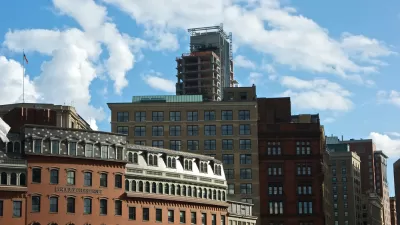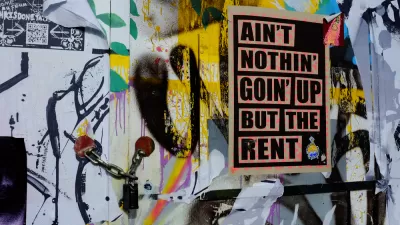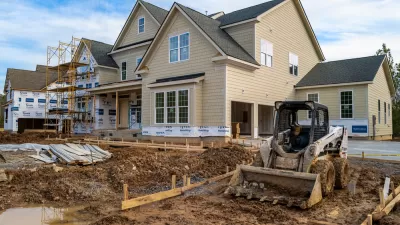The Boston Globe casts doubt on the idea that large amounts of new housing in Boston will be able to reduce already high housing prices in the city.

Evan Horowitz argues against a "build, baby, build" agenda as the solution to the city of Boston's high costs of housing.
Such a strategy, also sometimes called YIMBY, for "Yes In My Backyard," has its limits, according to Horowitz. "New construction doesn’t just mean more options for people who are already here. It means more people moving in. So at the end of all its building, Boston could end up denser yet just as expensive."
Horowitz begins the argument by acknowledging that the city of Boston is one of the slowest-building cities in the United States, with multiple obstacles to a pro-development agenda.
But that doesn't mean that Horowitz accepts that Boston's reluctance to build new housing in large numbers is what's making the city's real estate market more expensive. To make that point, he calls on analysis of rising housing costs in cities around the country—some of the cities with the fastest rising prices are also fast-building cities. "Some construction-friendly cities — like Dallas and Raleigh, N.C. — have seen fairly substantial price increases, comparable to Boston," writes Horowitz. "Meanwhile, the cities with the most restrained cost growth are Chicago and Pittsburgh, which haven’t been doing much building at all."
Finally, the article concludes with the question of whether Boston should build more or not. In the end, Horowitz does support a more pro-development regulatory environment—but not for the reason of lowering housing prices in the city.
FULL STORY: Why more housing won’t make Boston much cheaper

Americans May Be Stuck — But Why?
Americans are moving a lot less than they once did, and that is a problem. While Yoni Applebaum, in his highly-publicized article Stuck, gets the reasons badly wrong, it's still important to ask: why are we moving so much less than before?

Using Old Oil and Gas Wells for Green Energy Storage
Penn State researchers have found that repurposing abandoned oil and gas wells for geothermal-assisted compressed-air energy storage can boost efficiency, reduce environmental risks, and support clean energy and job transitions.

Placekeeping: Setting a New Precedent for City Planners
How a preservation-based approach to redevelopment and urban design can prevent displacement and honor legacy communities.

San Francisco’s Muni Ridership Grew in 2024
The system saw its highest ridership since before the Covid-19 pandemic, but faces a severe budget shortage in the coming year.

Colorado Lawmakers Move to Protect BRT Funding
In the face of potential federal funding cuts, CDOT leaders reasserted their commitment to planned bus rapid transit projects.

Safe Streets Funding in Jeopardy
The Trump administration is specifically targeting bike infrastructure and other road safety projects in its funding cuts.
Urban Design for Planners 1: Software Tools
This six-course series explores essential urban design concepts using open source software and equips planners with the tools they need to participate fully in the urban design process.
Planning for Universal Design
Learn the tools for implementing Universal Design in planning regulations.
Heyer Gruel & Associates PA
City of Moreno Valley
Institute for Housing and Urban Development Studies (IHS)
City of Grandview
Harvard GSD Executive Education
Salt Lake City
NYU Wagner Graduate School of Public Service
City of Cambridge, Maryland





























